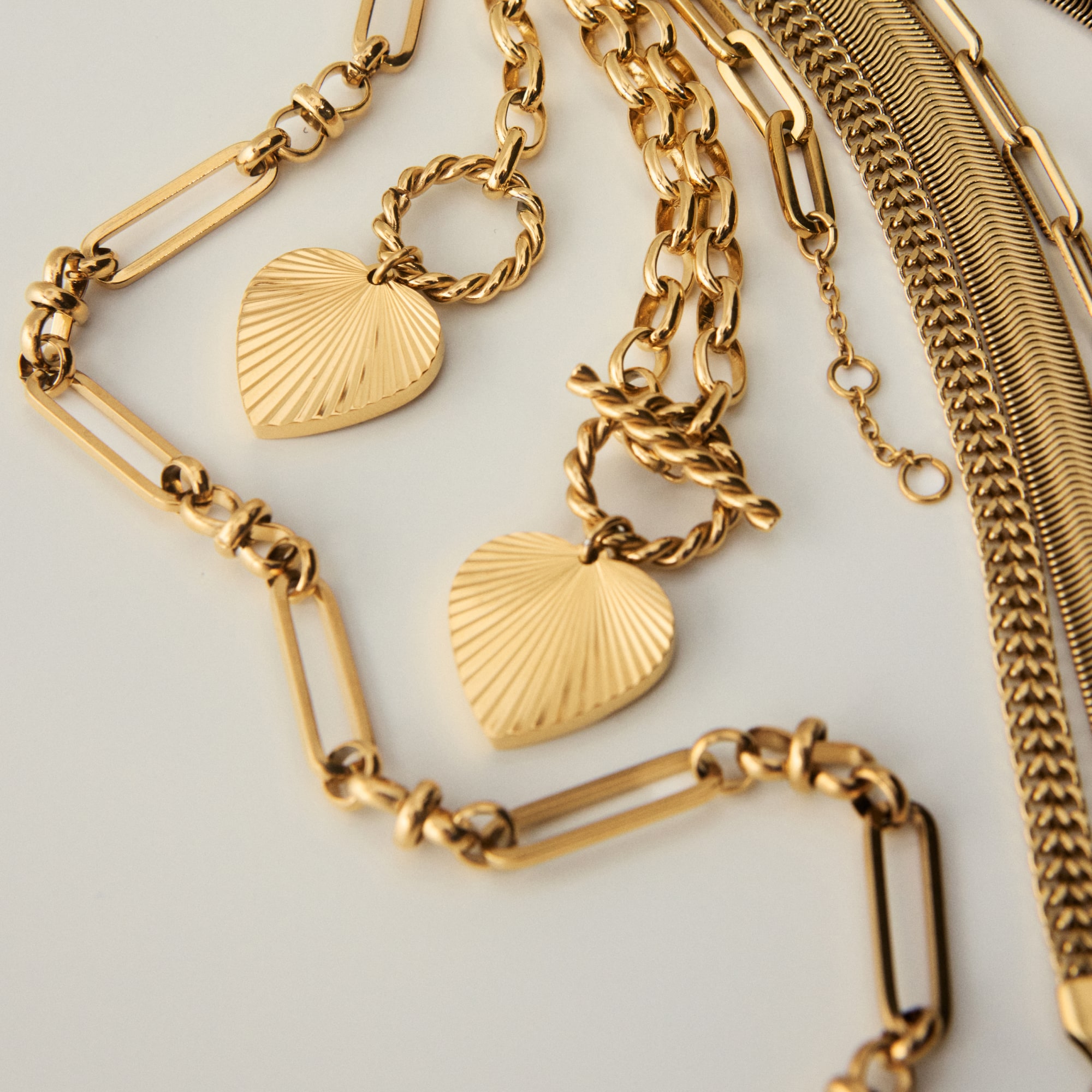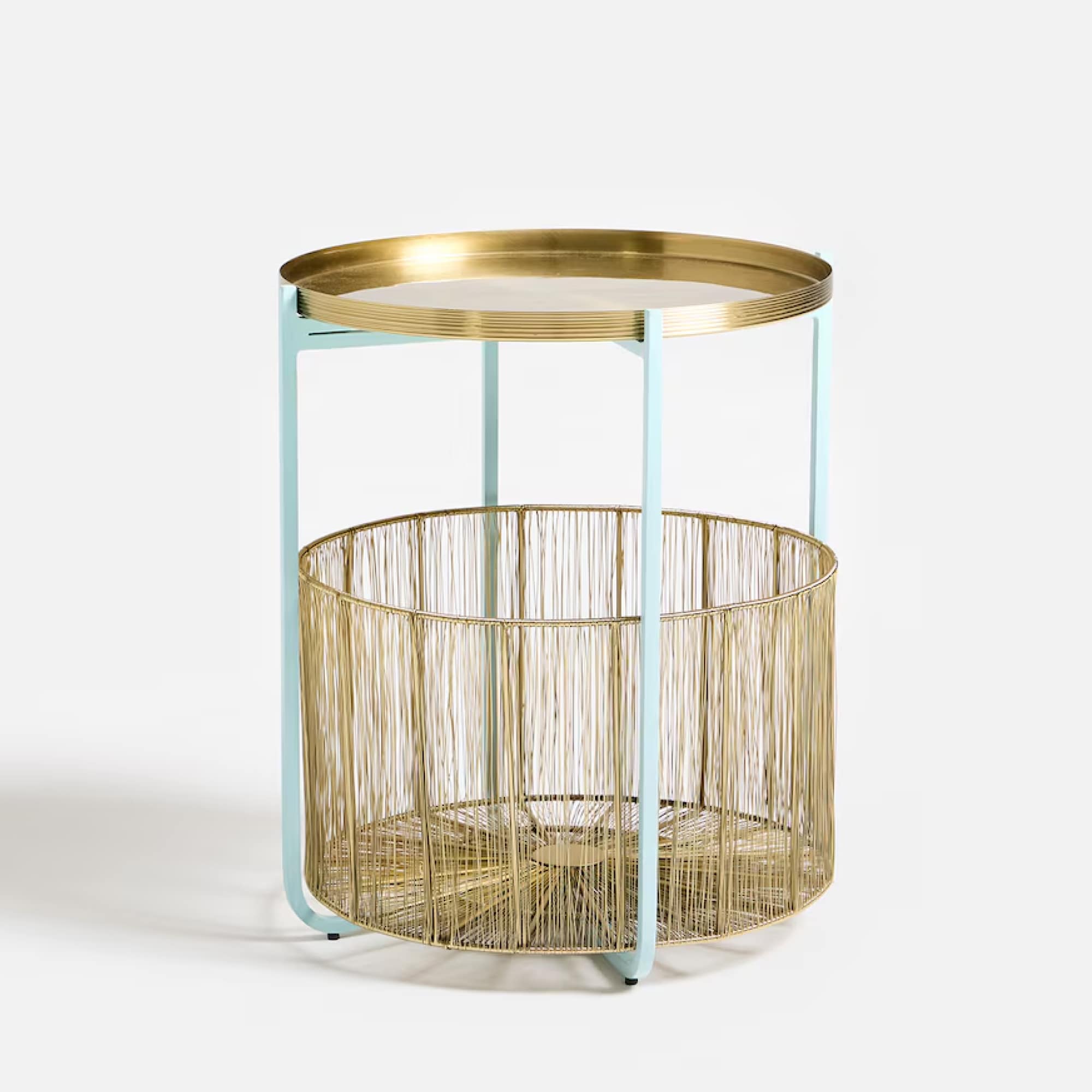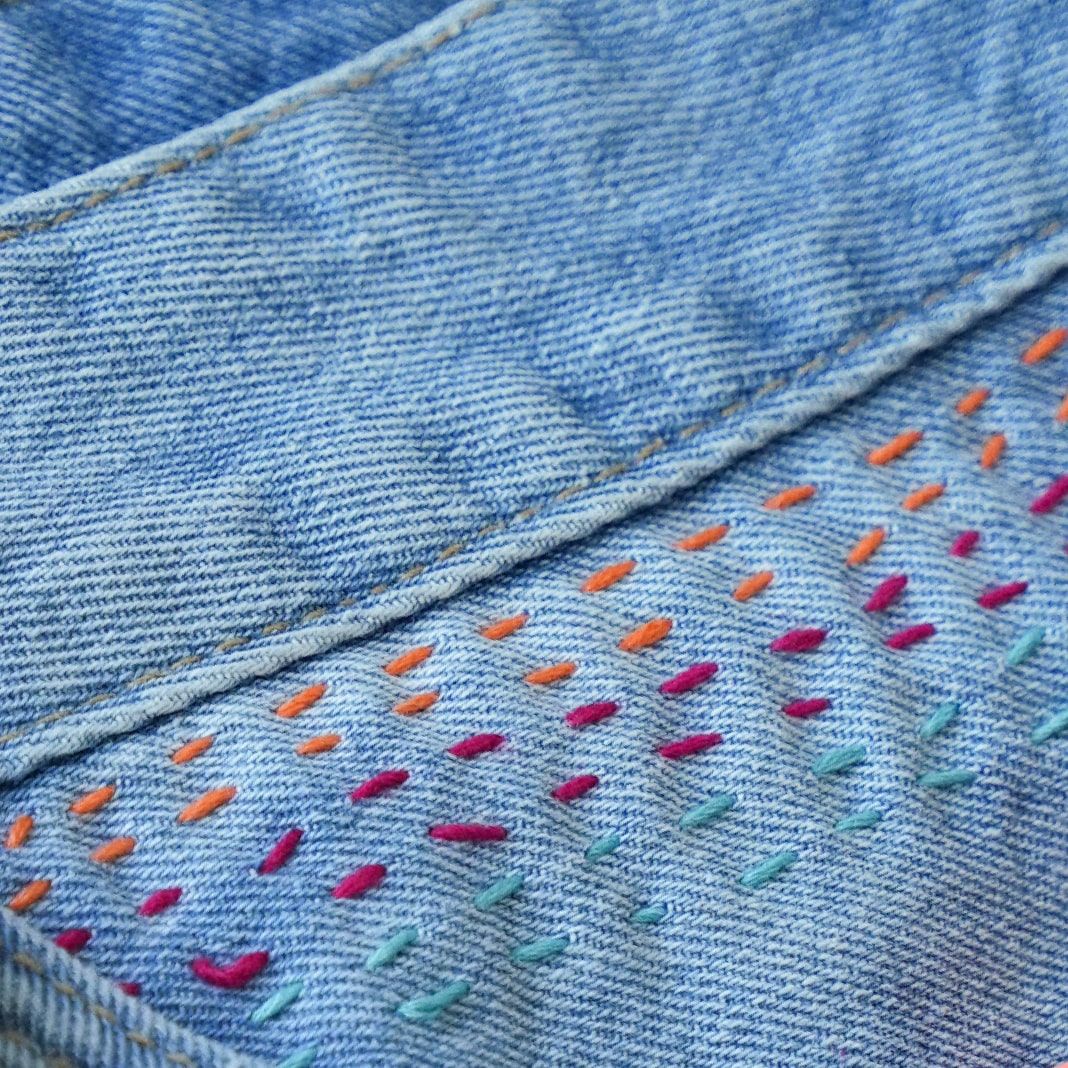How to fix your clothes with sashiko mending
If you’re handy with a needle or sewing machine, you could try some traditional darning to seal the hole as invisibly as possible. There is, however, another, more decorative way of mending a hole that has gained more popularity recently, particularly among the crafting community. If you want to add a more custom, embroidery approach to mending a hole, you could try your hand at sashiko.
Make mistakes beautiful
‘Sashiko is a Japanese mending technique for textiles, which translates as "little stabs”,’ explains Katherine Bonnick, our Head of Ethical Sourcing and Sustainability. ‘It’s a visible mending technique that has been used in Japan for thousands of years and references the philosophy of "wabi-sabi" or “embracing imperfections”.’ Sashiko traditionally uses cream thread in a decorative running stitch on indigo fabric, but different coloured fabrics and threads are becoming more popular and are a way of giving an item of clothing a unique and vibrant stamp.
‘Mending an item of clothing in a visible style with a custom design can turn a flaw into a personal piece of art,’ says Katherine. ‘Rather than trying to hide the hole, you can turn that item into something that’s uniquely yours and involves your own self-expression. It also prevents throwing out a garment that still has a lot of wear in it.’
In this way, clothing is seen as less disposable, and helps us move away from fast fashion. Almost like a beautiful physical scar, visible mending can tell a story about a piece of clothing that has lived a life and been worn and enjoyed.
Sashiko is a Japanese mending technique for textiles, which translates as "little stabs". It’s a visible mending technique that has been used in Japan for thousands of years and references the philosophy of "wabi-sabi", or "embracing imperfections".
Mending an item of clothing in a visible style with a custom design can turn a flaw into a personal piece of art
What you’ll need
• A needle
• Thread (sewing cotton or embroidery thread is fine, or you can buy sashiko thread)
• Pins for holding patch in place
• An iron
• Sharp scissors
• Fabric for patching – try to match your patch fabric to the fabric of the original item with the hole, so a light cotton should have a light cotton patch, silk should have silk.
Step 1
Cut off any loose threads from around the hole so that it's nice and neat.
Step 2
Cut your fabric and iron your patch to avoid any fraying. Turn your garment inside out and pin the patch behind the hole or tear.
Step 3
Pick a thread colour that stands out against the fabric and loosely tack the patch onto the garment to make a square border.
Step 4
Turn your garment back the right way round. You’ll use the tacking stitch as your guide. Select a thread colour for your sashiko stitching and start sewing a small running stitch up and down across the hole or tear like dotted lines.
Step 5
Continue stitching over the damaged area. Keep the stitches small and close together to reinforce the fabric surrounding the damage and the hole itself.
Step 6
Once you have completed the stitches across the square in one direction, do the same in the opposite direction. Or stitch little crosses or any design you fancy trying your hand at. This will reinforce the fabric and ensure the hole won't stretch or tear any further.
Step 7
Unpick the tacking stitches from the back of your patch and you’re done!
MORE WAYS TO MEND
Decorative darning with Annie Phillips
Even if your clothing doesn’t need repairing, you can freshen up old favourites with unique touches. Seamstress, designer and upcycling enthusiast Annie shows how you can use colourful stitches to create custom patterns and give your items a new lease of life.



.jpg)








































